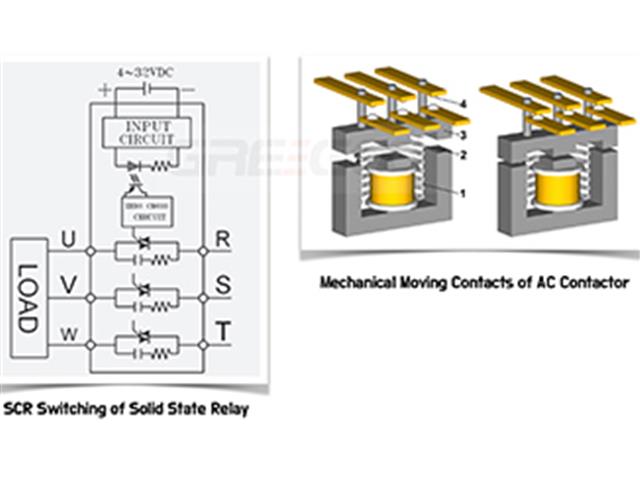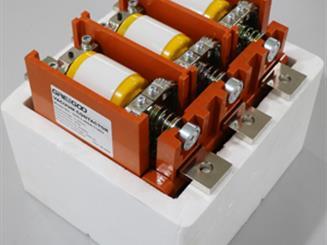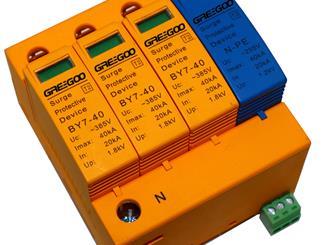How to Use a Vacuum Contactor? A Comprehensive Guide on Vacuum Contactors
A vacuum contactor is an electrical switching device designed to control high-power circuits with minimal arcing, making it ideal for applications requiring reliable and safe operation. It uses a vacuum-sealed chamber to extinguish arcs formed during switching, ensuring durability and efficiency. Vacuum contactors are commonly used in motor control, capacitor switching, and transformer switching, handling high-voltage and high-current loads with precision. These devices are suitable for both AC and DC applications, particularly in industries like mining, manufacturing, and power distribution.
Key Insights on Vacuum Contactors
In this guide, we’ll explore the essentials of using vacuum contactors effectively. Keep reading to deepen your understanding!
Installation Guide for Vacuum Contactors
Installing a vacuum contactor requires careful planning to ensure safe and accurate operation. Start by selecting a contactor rated for the expected voltage and current of your system. Mount the contactor securely in a well-ventilated enclosure to prevent overheating. Connect the main power leads to the load circuit, ensuring proper alignment with the contactor’s terminals. Finally, wire the control circuit to the contactor’s coil, verifying that all connections are secure and comply with electrical standards.
How to Utilize Vacuum Contactors
To operate a vacuum contactor, apply a control voltage to the contactor’s coil to close or open the contacts, enabling or interrupting the flow of current to the load. Use a control panel or programmable logic controller (PLC) to manage switching operations. Monitor the system’s performance using appropriate meters to ensure the contactor operates within its rated parameters. For example, a vacuum contactor rated for 400A and 7.2kV can reliably switch a motor load when properly controlled. Regular maintenance, such as inspecting contacts for wear, ensures long-term reliability.
Safety and Best Practices
Using vacuum contactors safely is paramount, as improper handling can result in equipment damage or serious injury. Always follow manufacturer guidelines and consult with professionals during installation and operation. Ensure the system is de-energized before performing maintenance, and use proper personal protective equipment (PPE). If uncertain, refer to detailed technical manuals or seek expert advice to mitigate risks.
 |
 |
 |
 |
| 12KV 630A 220V Single Pole | 400Hz 4160V 160A 3P | 400A 3.6KV 220V 3phase | 630A 1.5KV enclosed sinlge phase |
Conclusion
Vacuum contactors are essential for reliable and efficient control of high-power electrical systems. For those seeking high-quality vacuum contactors, Greegoo Electric offers a range of solutions, including low voltage vacuum contactor 1.14KV to 3.6KV and medium voltage vacuum contactor 6.6KV to 36KV. Contact us today to explore our products and kickstart your project!

Comparison of Solid State Relays and AC Contactors in Terms of Instantaneous Current Withstand Capability
Therefore, in applications that require handling high instantaneous currents, AC contactors are usually more suitable than solid state relays.
Read More
What is the difference between the magnetic latching type and electrical holding type vacuum contactor?
Vacuum contactors can be classified into two main types based on their mechanism for holding the contacts closed: magnetic latching type and electrical holding type.
Read More
Sintering process in the chip of solid-state relays is of significant importance.
The use of sintering process in the chip of solid-state relays is of significant importance, primarily for the following reasons
Read More
What are the main differences between MOVs and Spark Gaps in SPDs?
An effective surge protection strategy often combines the use of both MOVs and spark gaps, along with other protective devices, to provide comprehensive protection against different levels of power surges.
Read More













